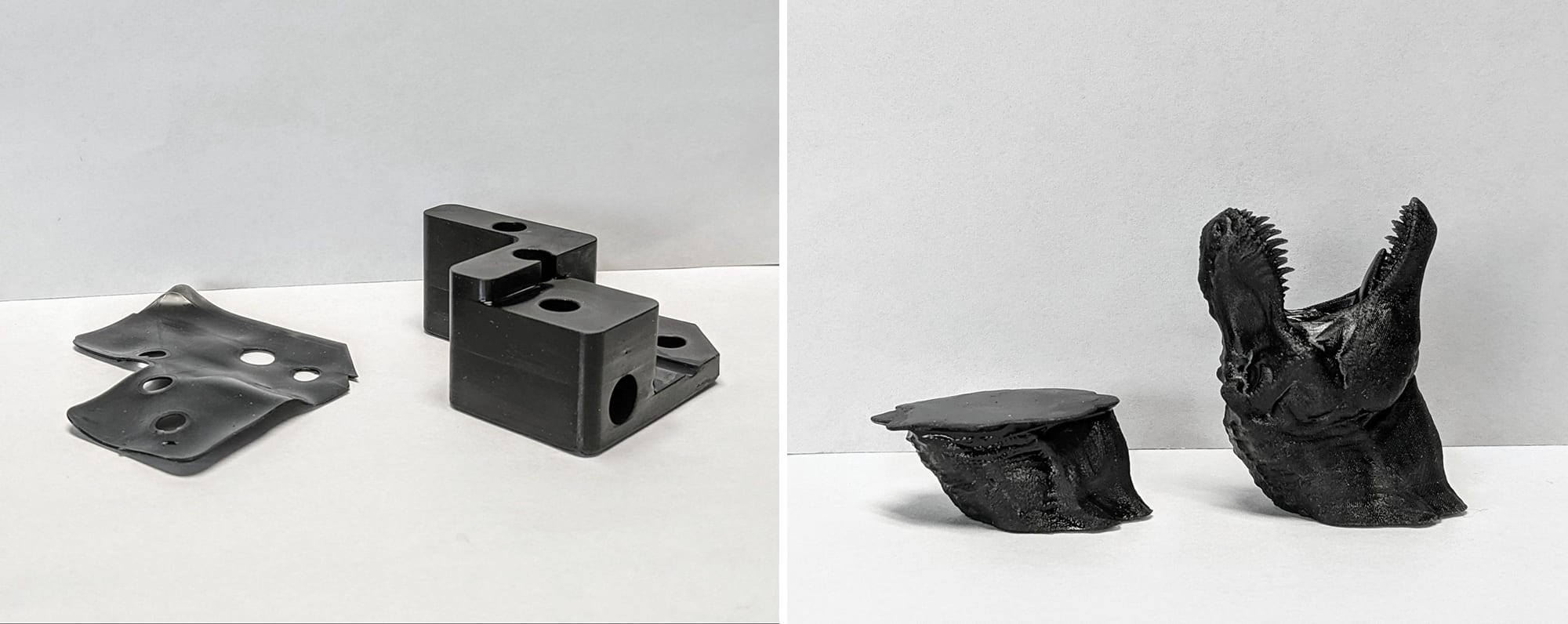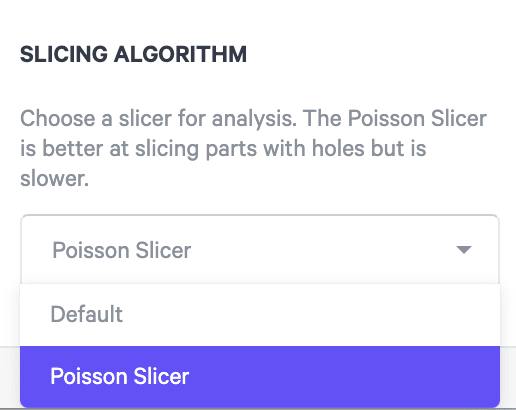Carbon Platform Improvements: October 2021
Carbon is creating solutions suitable for every stage of product development, expanding what 3D printing can do and constantly raising the bar in quality and efficiency.
Throughout the next month, Carbon will begin rolling out v1.33 software to customers. Here are all the upcoming enhancements to the Carbon platform:
Improved Efficiency
Increase in Print Speed on L1s for Densely Packed Builds
With better characterization of the heat dissipation of L1 printers, Carbon is increasing the print speed on builds that would have hit the thermal limit previously. For densely packed builds or builds with parts that have large cross sections on the L1 printer, you may notice faster print times. The time will vary depending on your build. As an example, a build of 22 full palate orthodontic models printed in DPR 10 can expect up to 35% faster print time. In our testing, mechanical properties and accuracy have shown to be unchanged when printing faster.
Better Estimates for L1 Print Times
L1 print plans adapt to the forces generated during the print, meaning the actual print times vary with live conditions. With better characterization, Carbon software v.1.33 improves how we estimate print times to better represent the actual print times. Note that this only impacts the print time estimate and has no impact on the actual printing.
Better Part Quality
Increased Efficacy of EPU 40 Prints
Carbon is introducing new print parameters for EPU 40 for better printability, improving adhesion and lamination. This print mode introduces a tradeoff of an additional 30% in print time, and can also reduce accuracy as well as small feature resolution. Parts that print well in EPU 40 today can continue to print with the existing parameters with the new EPU 40 (Legacy) resin dropdown.

Improved Printability on M-Series Printers
All resins on M-series printers will benefit from eliminating a rare print quality issue known as flashing. The v.1.33 printer update introduces a pre-exposure delay on the first few slices, dramatically reducing the chances of flashing at the base of the part. This will add a small amount to print time, with the specific amount varying depending on the resin and geometry of the parts. These improvements already have been implemented on parts with large cross sections, and effects will be less noticeable.
Better Slicing Option for STLs
This update introduces a Poisson Slicer, an advanced slicing algorithm for STL part files with holes or other small defects. The Poisson Slicer is a capable alternative system for when the default slicer struggles. The analysis can take longer, but provides significantly better results for parts that may have holes or other defects.

Check out our Software Release Notes to see our other recent innovations.
See September 2021 platform improvements here.
3D as It’s Meant to Be
Thanks to our subscription model and connected 3D printers, we’re able to easily roll these innovations out to our customers as soon as they are ready. To learn more about our subscription model, check out this blog.
